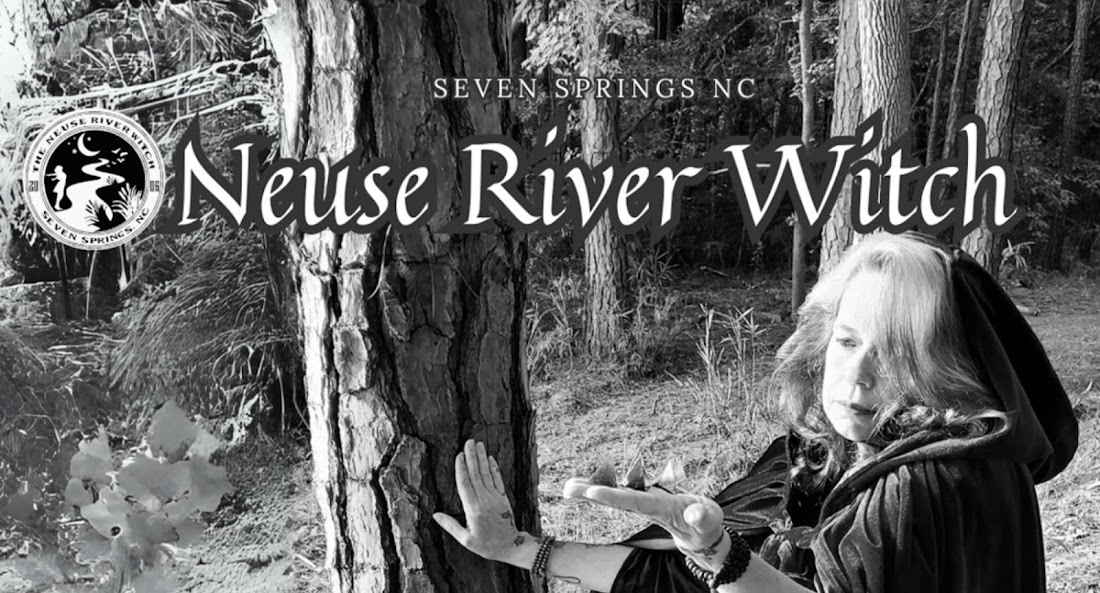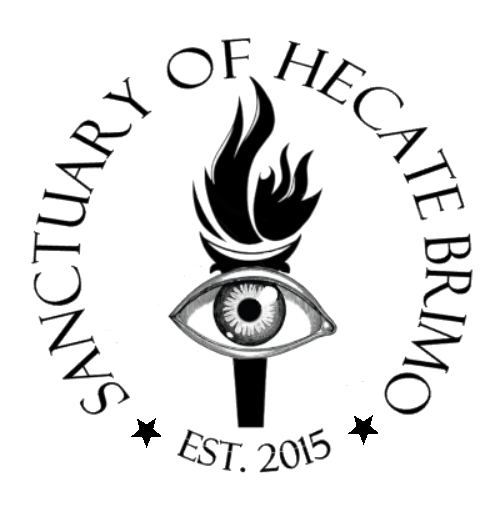O is for Orgasm
Yes, I said Orgasm
or•gasm [awr-gaz-uhm]
noun
1. the physical and emotional sensation experienced at the peak of sexual excitation, usually resulting from stimulation of the sexual organ and usually accompanied in the male by ejaculation.
2. an instance of experiencing this.
3. intense or unrestrained excitement.
4. an instance or occurrence of such excitement.
verb (used without object)
5. to have an orgasm.
Origin:
1640–50; < Neo-Latin orgasmus < Greek orgasmós, derivative of orgân to swell, be excited
As a dear friend so eloquently pointed out to me in a chat earlier this week, Pagans are not ashamed of sex and that makes them quite good at writing about it. Looking back on Pagan culture, and I’m using the term Pagan loosely here, we can look at the different aspects of sex. Zeus for example is well known for his sexual exploits. However Zeus is not the only God/dess celebrated for love and sex.
Buddhism has Aizen Myo-o, Celtic as Aine and Cliodhna. In Chinese mythology we have Yue-Lao and even a deity for the gay man, Tu Er Shen. The Egyptians have Bes and Bastet, while Greeks have Eros and Hymen. (No pun intended) The lists go on and on.
Then we have to consider what any religion would be without a creation story. Each one has their very own.
The act of reaching orgasm is thought to bring a person closer to the divine. Some Egyptians believed that Orgasms where the key to eternal life and were part of the Chakra.
Early in the 19th century Female Hysteria was a medical diagnosis that had symptoms such as faintness, nervousness, insomnia, fluid retention, muscle spasm and shortness of breath just to name a few. This directly led to the invention of the vibrator. In 2011 a movie called Hysteria was released on this very subject.
On a personal note, I find that the longer the gap between the big O, the crankier I become. So then when someone says, the following:
I have to agree.
Beltane is another time of the year when a young pagan’s mind leans “O-ward”. The Great Rite performed at many Beltane festivals around the world depicts the Maiden Goddess with the God. We symbolically complete this coupling by plunging an Athame, a phallic symbol into a chalice, a symbol for the womb. Some covens move away from the ritual tools and create a mock sex scene for all to enjoy.
 |
| http://witchfulthinking.files.wordpress.com/2010/03/great_rite.jpg |
So what have we learned? Pagans are way cooler about sex than most people. The great rite meant that at least one time a year, someone was getting laid AND the lack of sex can result in Hysteria!
So get out there, seek to become closer to the divine and remember, some things are better shared.
Namaste and Blessed Be
Sosanna
)O(



















1 comment
I am a non-catholic and attended a catholic college. A nun that was teaching a required religion class said that the Paschal candle (used at Easter) being dipped in the baptismal font before the ceremony proceeds is a reputation of the sexual act. ok... I always wondered where this came from.... another pagan ritual absconded with by the catholics.
Post a Comment